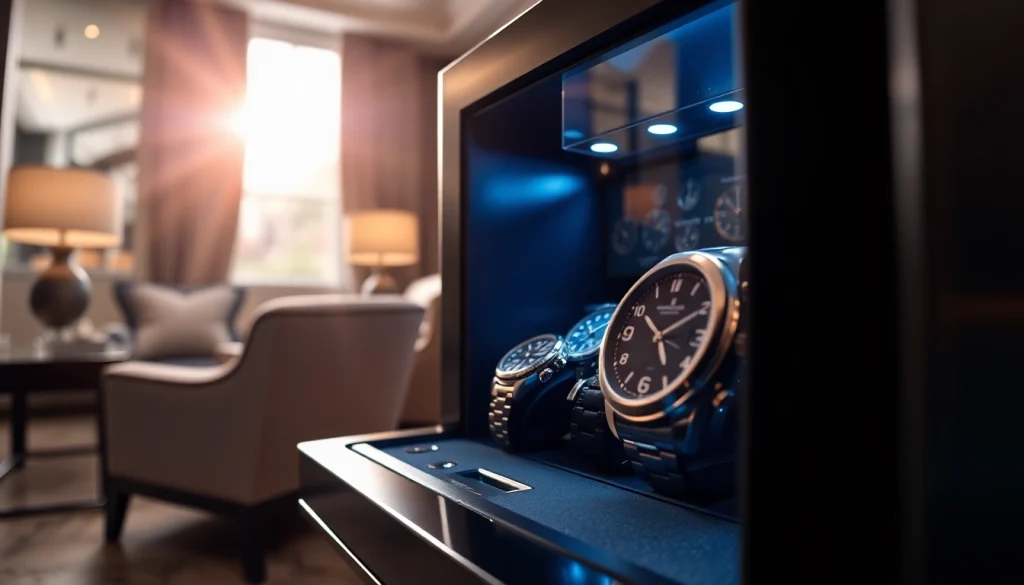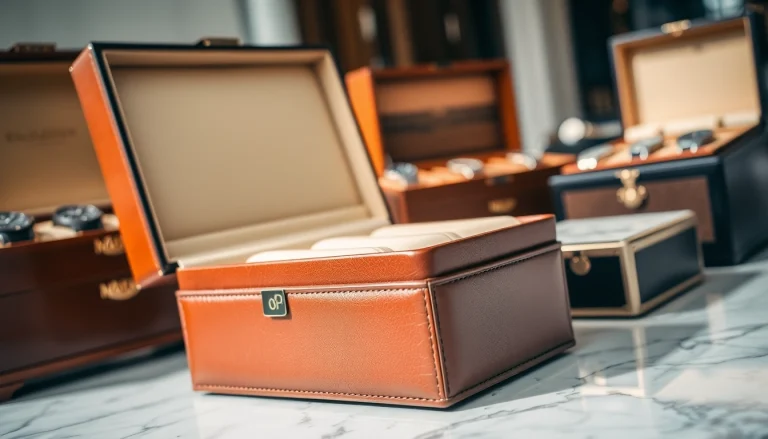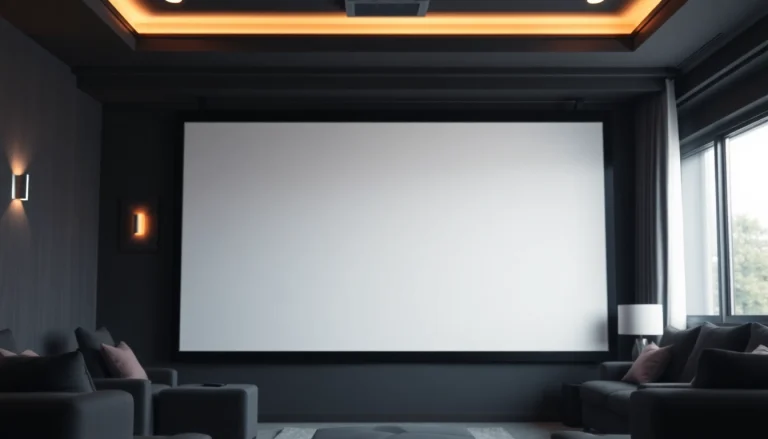
Understanding the Importance of a Watch Safe
For watch enthusiasts and collectors, safeguarding your timepieces is paramount. A watch safe is not just a luxury; it is a necessity to ensure that these valuable pieces remain secure and in excellent condition. Whether you own a few cherished items or possess a vast collection, investing in a watch safe is one of the wisest decisions you can make. This guide will explore the significance of using a watch safe, the risks to your collection, essential features to look for, and how to choose the right option for your needs.
Why Invest in a Watch Safe?
The world of horology is filled with exquisite craftsmanship and significant investments. A watch safe provides a dedicated environment for storing your watches, protecting them from theft, damage, and environmental factors. The resale value of watches can fluctuate, but their emotional value remains constant. A watch safe ensures both elements are preserved.
Moreover, a watch safe can also help in maintaining the mechanical integrity of automatic watches. Such devices require periodic winding to keep them functioning optimally. Many modern safes come equipped with built-in watch winders, addressing this need seamlessly.
Common Risks to Your Timepieces
Several threats can jeopardize your watch collection:
- Theft: Home burglaries are an unfortunate reality and can lead to substantial losses if a collector’s treasures are not adequately secured.
- Environmental Damage: Fluctuations in temperature and humidity can damage watch components, leading to rust and other degradation.
- Accidental Damage: Watches that are left unprotected may suffer scratches, dents, or worse, resulting in costly repairs.
A properly designed watch safe can mitigate these risks significantly, allowing you to focus on your passion for collecting rather than worrying about the safety of your timepieces.
Key Features of a Reliable Watch Safe
When searching for a watch safe, it is crucial to consider several key features that offer added security and functionality:
- Robust Construction: Choose a safe made from high-quality materials that can withstand break-ins.
- Locking Mechanisms: Look for electronic locks or biometric systems for easy access while ensuring high security.
- Fire Resistance: A fireproof safe can protect your collection in worst-case scenarios.
- Climate Control: Safes with humidity controls can prevent the dampness that damages watches.
- Watch Winders: Integrated watch winders keep your automatic watches running.
Each of these features contributes to enhancing the safety and longevity of your watch collection.
Types of Watch Safes Available on the Market
Understanding the different styles of watch safes can help you make an informed decision that aligns with your needs. Here’s a closer look at the various types available:
Wall-Mounted versus Freestanding Watch Safes
Wall-mounted safes can be an excellent option for those who want to save floor space while maintaining accessibility. They can be concealed within a wall, offering an additional layer of security through invisibility.
On the other hand, freestanding safes often provide more storage capacity and are easier to transport if necessary. Depending on your space and needs, both options have their merits.
Fireproof and Waterproof Options
In addition to security from theft, ensuring your watch safe is fireproof and waterproof is critical for long-term protection. Fireproof safes are designed to withstand high temperatures for an extended period, while waterproof models can keep your watches safe from damage due to flooding or accidents. Look into safes that offer both fire and water protection for optimal peace of mind.
Smart Features for Modern Watch Safes
In an age of technological advancement, many watch safes come equipped with smart features. These may include remote monitoring, smart locks for extra security, or alerts for unauthorized access. Such features can enhance convenience and provide additional assurance that your precious collection is secure.
How to Choose the Right Watch Safe for Your Needs
Selecting the right watch safe involves careful consideration of your specific requirements. Here is a structured approach to guide your decision:
Assessing Your Collection Size and Value
The first step is to evaluate the size and value of your collection. Estimate how many watches you need to store and their cumulative worth. This assessment will help you decide on the capacity and level of security required in your safe. For larger, more valuable collections, a larger safe with advanced features may be a necessity.
Evaluating Security Features and Ratings
Once you have a sense of your collection size, it’s essential to understand security ratings. Safes are often rated based on their resistance to burglary and environmental conditions. Consider looking for safes that comply with recognized security standards, such as UL ratings, which can provide confidence in their reliability.
Budgeting for Your Ideal Watch Safe
Finally, determine a budget that balances quality with affordability. Prices for watch safes can vary widely, depending on features, brand, and materials. While it might be tempting to opt for a lower-cost option, it’s wise to prioritize security and durability over price. Remember, a watch safe is an investment that will serve you for years to come.
Maintenance Tips for Your Watch Safe
Once you’ve invested in a watch safe, maintenance is crucial to ensure its effectiveness and longevity. Here are some essential care tips:
Regular Inspection and Cleaning Protocols
Establish a routine for inspecting your safe and its contents. Regular checks will help you identify any issues early. Dust buildup can lead to scratches or damage, so keep your safe clean with a soft cloth. It’s also wise to check all locks and mechanisms periodically to ensure they function as intended.
Ensuring Optimal Humidity Levels
Maintaining the right humidity levels inside your watch safe is vital to prevent rust and other forms of damage. Consider investing in a hygrometer to monitor humidity and a dehumidifier if necessary. Many modern safes come with built-in climate control features, making it easier to keep watches in optimal condition.
Protecting Against Theft and Damage
Take additional precautions to secure your safe. Ensure it is installed in a location that is discreet yet accessible. Security measures such as mounting to walls or floors and using additional locks on doors or windows can further prevent unauthorized access. Analyze the environment where your safe is located to eliminate risks that could lead to damage or theft.
Best Practices for Storing Watches in Your Safe
Proper organization and care within your watch safe can significantly impact the longevity and condition of your collection. Here are best practices to follow:
Organizational Techniques for Watch Safes
Organizing your watches thoughtfully can prevent damage and make access easier. Using watch pillows or trays designated for specific models can help keep them protected yet easily visible. Consider categorizing watches by type, brand, or frequency of use to enhance your organizational system.
Understanding Watch Winding Mechanisms
If you have automatic watches, it’s essential to understand their winding mechanisms. Many modern watch safes offer winders that keep your watches powered without manual input. Regularly check these mechanisms to ensure they are functioning correctly and that your watches remain wound and ready to wear.
Tips for Displaying and Protecting Your Watches
If your safe allows for partial display, be mindful of how watches are presented. Avoid direct light and ensure that items are placed away from impacting each other. Cushioning watches in soft materials can prevent scratches when the safe is opened or closed. Remember, while display is beautiful, the primary goal is protection.




